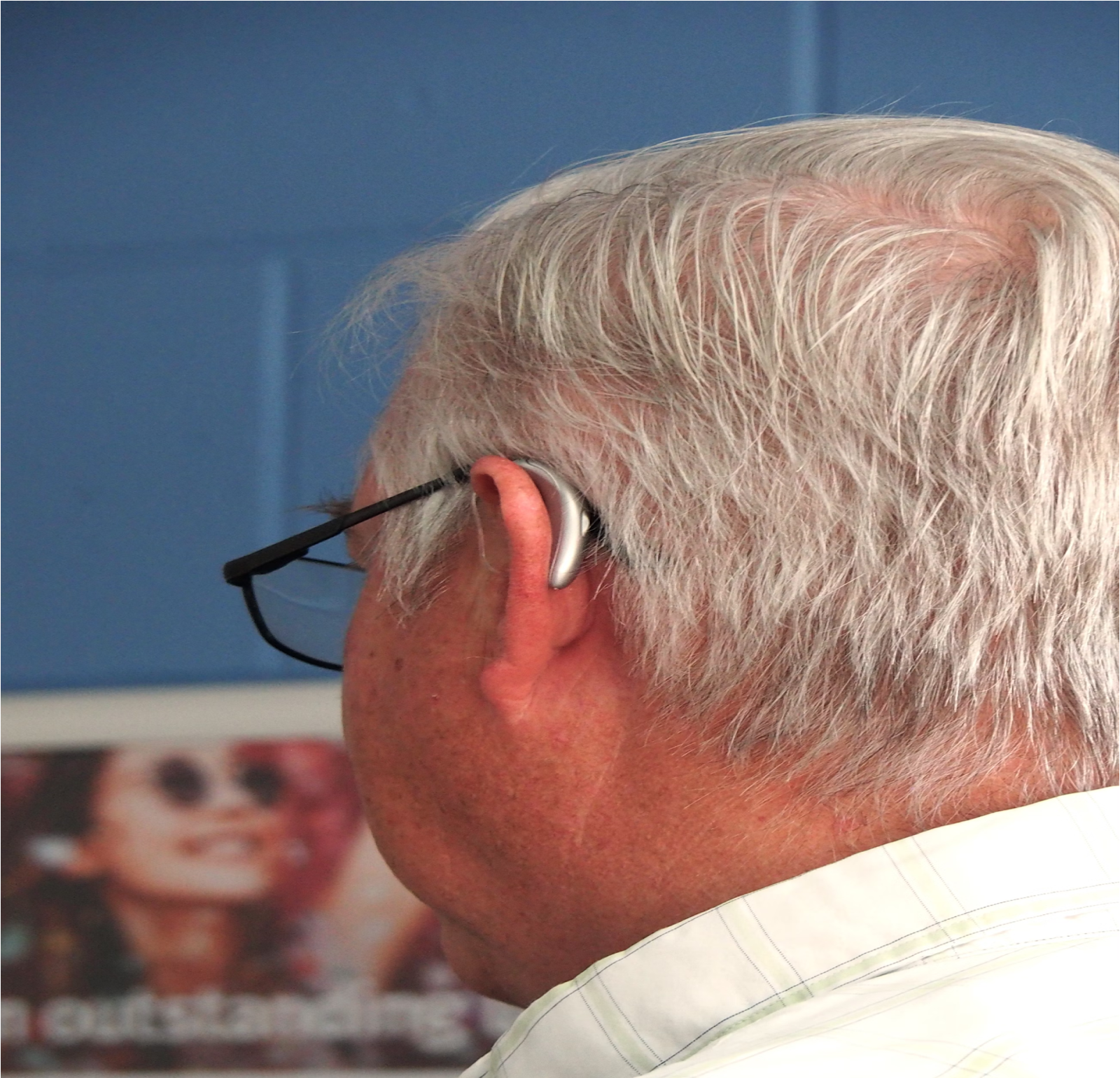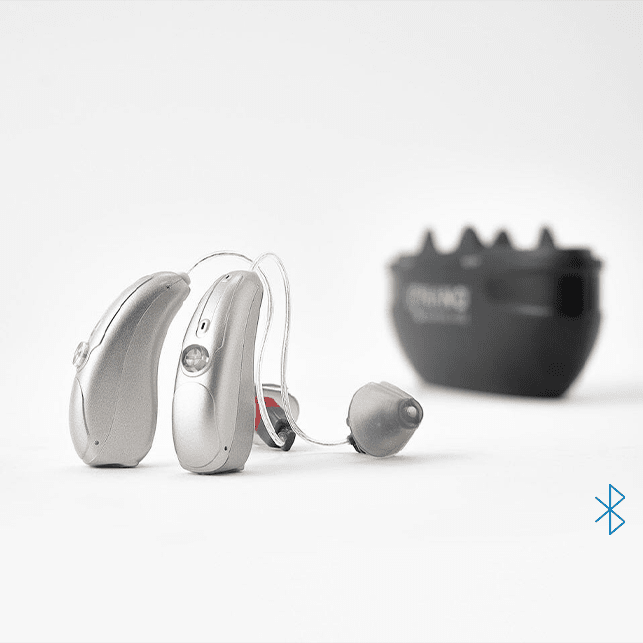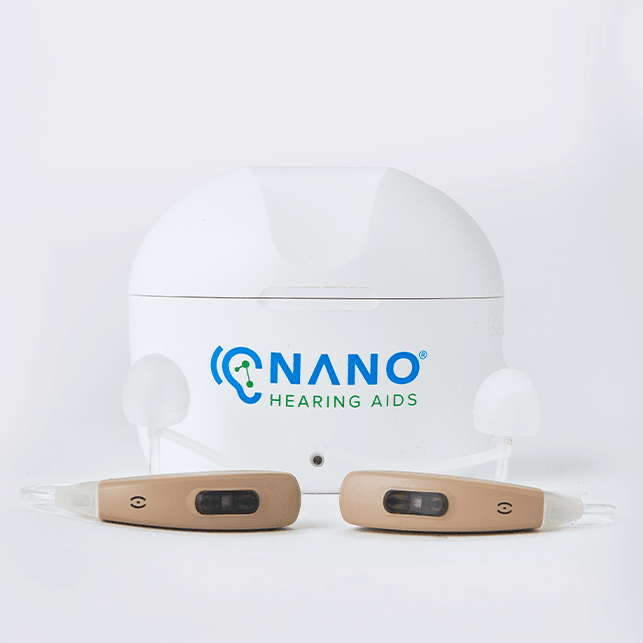Key Takeaways
NANO Hearing Aids are FDA-registered, Class I devices. Our OTC hearing aids are designed for individuals over 18 years of age with perceived mild to moderate hearing impairment. With prices starting at just $297, they offer a viable solution for those looking to improve their hearing without breaking the bank.
Identifying the Causes of Muffled Sound in Your Hearing Aid
The first step in fixing the muffled sound in your hearing aid is Identifying the cause. Potential factors include earwax buildup, ear infections, low batteries, and improper maintenance.
The Earwax Issue
How Earwax Affects Hearing Aids
When earwax accumulates, it can block the microphone or speaker of your hearing aid, leading to muffled sound. This blockage prevents the hearing aid from picking up and enhancing sounds effectively.
Signs Earwax Might Be the Problem | |
Safe Techniques to Remove Earwax | |
Regular cleaning can prevent earwax from causing muffled sounds in the future.
The Infection Interference
Common Ear Infections Linked to Muffled Sound | |
The Impact of Ear Canal and Inner Ear Infections | Outer ear infections (swimmer's ear) occur when bacteria or fungi infect the ear canal, causing swelling and discharge, leading to muffled sound. Middle ear infections involve the area behind the eardrum, causing pain, fever, and fluid buildup. Inner ear infections affect the innermost part of the ear, causing dizziness and hearing loss. |
Treating Infections to Restore Clear Hearing | Treating ear infections promptly can help restore clear hearing. Treatment options depend on the type and severity of the infection and may include: |
Once the infection is treated, your hearing should return to normal, and the muffled sound should resolve.
Address common issues like muffled sound through proper maintenance and settings adjustments.



